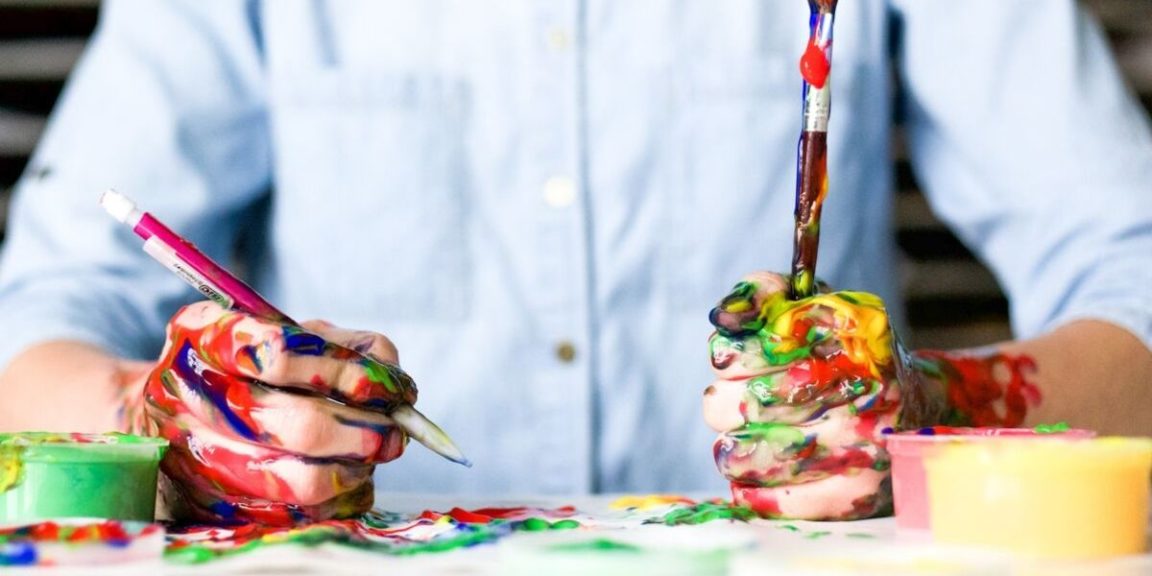An artist is forever a student. They are searching their surroundings to turn it into their next masterpiece. They are learning the use of new elements that can be coaxed into their next artwork. They use paints and brushes to turn a blank sheet of paper into a beautiful summary of sketches and drawings. We, as an observer, only see the finished product but the hours of contemplation, the infinite brushstrokes, the errors, the corrections are a secret between the artist and the canvas.
Most important is the use of paint in which the painting is going to be completed. Based on the picture that has to be painted, the canvas is used. Some colors are ideal for beginners, while some require expert skills to work with them. You can play with each of the paint mediums and see what works the best for you.
What are mediums?
Mediums are the liquids added to the paints to manipulate the pigments for more finishing, texture, interaction with the surface, longevity, and color. The fine powder is mixed with water, oil, or any medium to suspend the pigments in the liquid and are then milled together to form a paint of desired properties. Hence, watercolors are the fastest drying medium and hence are unfit for use on large/long sustaining art projects. Artists, therefore, have turned to more sustainable mediums for painting that allow them the advantage of time, over period stability, and layer building for texture and color.
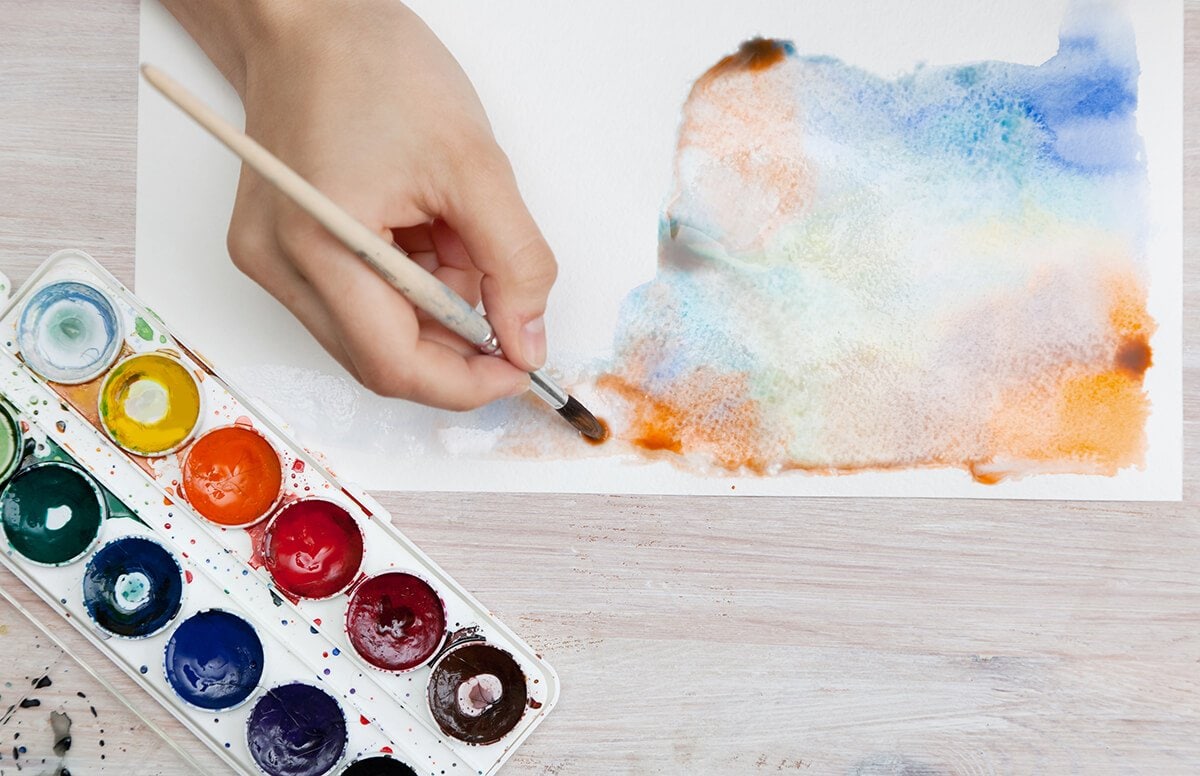
Some of the mediums are mentioned below:
Oils:
The paint is mixed with oil that causes the pigments in color to be suspended in the oil. The texture and the finished product depend on the type of oil used to mix the pigments. Traditionally linseed oil is added to the paints, but you can also use poppy oil or walnut oil. The oil paints dry in their own time. Hence, it requires days of work to add layer after layer of paint to generate the desired effect, but it ensures that any error can be corrected as the oil paints are very forgiving.
The realism and blending procured with oil paints are unmatched, allowing the artist to give attention to detail. But the oil paints are toxic even when they are dried up. Hence, they require special care while handling and moving. They are also prone to crack up once dry or may turn yellow over time.
But the finishing of the linseed oil paint adds to the artist who painted the canvas and hence is one of the most preferred mediums for oil painting.
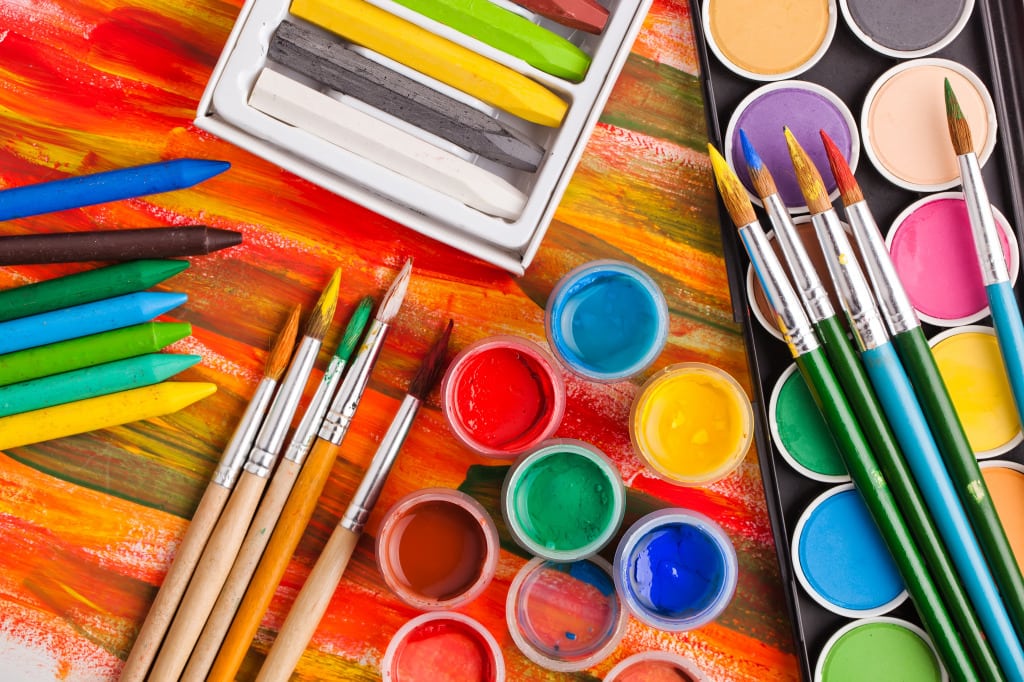
Tempra:
Used before the oil paints came along, tempra is the paint in which the pigments are held together with a cohesive medium and are thinned out with water. In standard tempra, the cohesive medium used was egg yolk, whole eggs, gum, and wax prevalent in Italy before the renaissance period.
The mix produced a highly long-lasting paint, but at the same time, the artists had a hard time working with it owing to the fast drying property of the color. However, it is resistant to water and can be overpainted after drying to produce effects and textures.
Generally used for mural canvas (walls and ceilings), wood is the ideal companion for tempra. The walls/wood were coated with several layers of white absorbent like chalk or burnt gypsum.
Modern paintings with tempera are sometimes provided an extra layer of oil glaze to produce more tone-appropriate results, deep in nature.
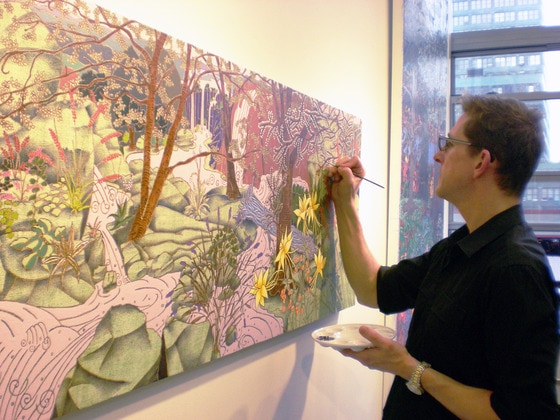
Acrylic:
Relatively new, acrylic paints are synthesized paints that can be further mixed with mediums to obtain desired results on the canvas. It appeared on the scene in the late 1940s and became famous for its benefits on white surfaces.
You can vary the ratio of water and acrylic paint. Accordingly, you will be working with watercolors or oil paints. It is quicker to dry than oil paints, nontoxic, and cost-effective.
Acrylics also hold better than oil paints without cracking and yellowing. In addition, it is water-resistant when dry but is soluble in water when damp. Therefore, it is the most preferred artwork for beginners.
Acrylic can be treated as a medium for different additives to obtain the varying quality of finishing.
- Gloss medium: for added sheen and luminosity
- Matte medium: acrylic has a gloss of its own, so a matte medium dims down the paint for a subtle, non-reflective finish.
- Glazing medium: it will make the paint more transparent for subtle layering techniques
- Gel medium: to thicken the paint, so it retains the brushstrokes. It also makes it more cohesive.
Watercolors:
The use of watercolors began in cave paintings and has ever since been in use. With the diversity in color, easily blendable, and translucent, the watercolors are used for portraying change of light and are available in endless shades.
They are relatively cheap and long-lasting as they are diluted with a lot of water to change shades on the paper. But they dry quickly, and the only changes that can be worked onto the paper are through water blending or adding more color pigmentation.
When you add white to the watercolors, they become opaque; it’s known as gouache. The brushstrokes are entirely hidden, and it dries in a beautiful matte finish. Sometimes, honey, starch, and acrylic are added to make it a bit more lucid and slow its drying.
It can be thinned out evenly or in thick but smooth strokes according to the artist’s requirements. You can add binders and additives to modify the properties.
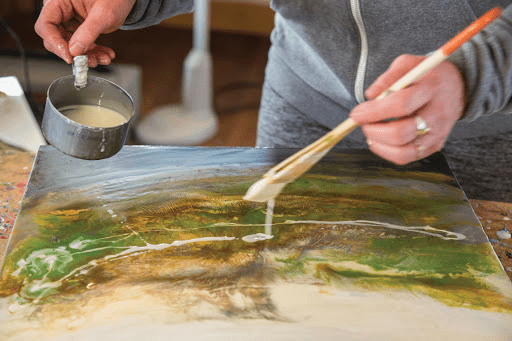
Encaustic paint:
Origin traced back to Egypt, the secret lies in mixing the pigments with hot beeswax, which is then used on stones and wood with spatula or brushes. This technique is as ancient as it is complex. It dries quickly, and the artists heat the mix often to work with it.
Conclusion:
Color mixing is an imperfect art but with high stakes while painting a picture that is already abstract. The artist uses various means to make a reality out of the things that he perceives. The texture of the paper/canvas, the type of paint, the use of brushes, the specific brushstrokes, the color graph are all very intense combinations to get right. And it comes naturally to those who practice. As a beginner, you are free to work with any medium and stick to it till you become an expert.




